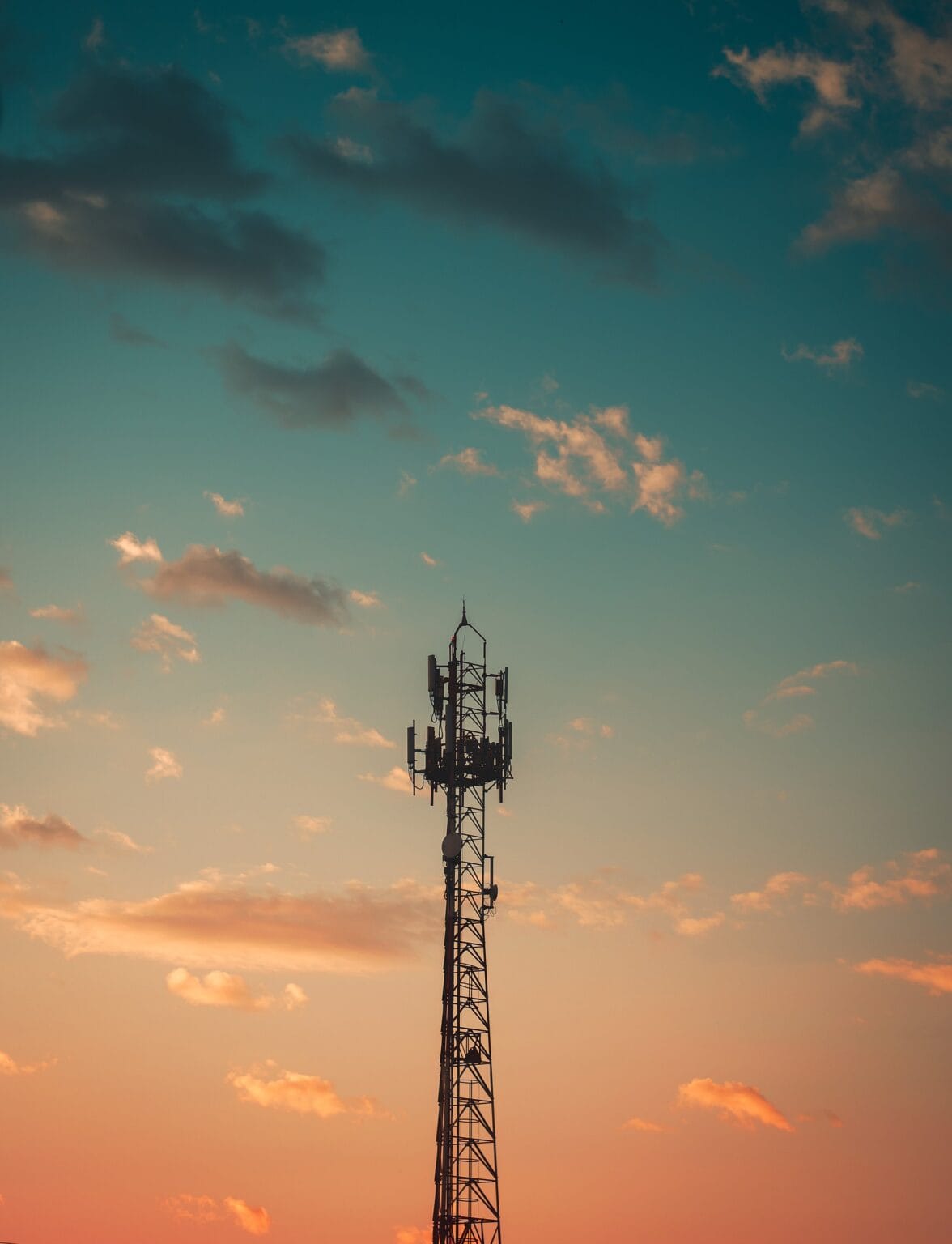
A 5G Explainer
5G has been thrown around as a technology that will revolutionize mobile networks, catapulting data speeds to the point where our current cell phones will feel like they’re using a dialup modem. Companies have been racing to become the first to develop the technology, even going so far as to disingenuously include an icon implying to consumers that they’re on a 5G network, or using a 5G capable phone when they’re not.
A major question that has yet to be resolved is whether the US or China will be the first to develop a functioning 5G network, although the US is currently lagging. The implications of this race extend to politics, economics, and military. While China may be first to market with a 5G network, this isn’t a “winner take all” scenario where US citizens will be locked out of jobs related to the construction and maintenance of the network. A concern, though, is that the head start given to Chinese companies will bolster their new technologies, making them the standard bearers unlike when the US’ jump on 4G allowed companies like Google, Apple, and Facebook to gain strong footholds and thrive.
Chinese expediency in 5G will also allow Huawei, the world’s largest producer of telecom equipment, to become the default provider of 5G technology globally. While it’s unlikely that Huawei would directly use their technology to spy on people, some believe that either intentional or slow to fix security flaws would open up the door for others to spy. While Huawei doesn’t operate in the US market, they have a large global presence.
The capital outlay has been tremendous for telecom giants, spending over $3 billion on licenses to use two different frequencies to distribute their 5G services in the US, and over £1.3 billion in the UK.
Despite the effort exerted to make 5G networks a reality, consumers are often struck with a simple question: why? For most people, daily cellphone usage won’t change a whole lot. The speed at which tweets load or searches are performed isn’t likely to make an appreciable difference in the moment to moment aspects of our lives. Sure, if you’re walking onto an airplane and decide you need all of the Lord of the Rings movies on your phone and in HD it might be helpful, but that’s not happening often, right?
While the download speeds we’ve been talking about might not make a big difference in terms of the activities we already participate in, 5G has the potential to make noticeable strides in terms of latency. While current networks can offer about a 50ms latency, 5G may bring that number down to 1ms.
Latency is of particular issue when it comes to technologies that need split second reactions to the conditions around them. Think about things like self-driving cars, energy grids, or smart technology for personal mobility issues. These networks will also impact healthcare, allowing for real time monitoring of medications and vital statistics. Augmented reality applications could help keep drivers’ eyes on the road with a fully functional heads up display. There are predicted benefits that range from farming to public safety, but it’s likely that some of the most transformative uses of the technology have yet to be considered.
Whether 5G networks will benefit your mobile life may be a matter of personal circumstances, but where everyone should be on the lookout is the weather. The National Oceanic and Atmospheric Administration (NOAA) has testified to Congress that interference from 5G could harm weather forecasting accuracy by 30 percent, bringing us to the equivalent of forecasting in 1980. This means we’d have less time to prepare for deadly weather events.
The NOAA has asked the FCC to stop auctioning any more of the 24-gigahertz band, one of the frequencies that will carry 5G communications. This is because the signal water vapor emits is just next door at 23.8 GHz. Other weather detection frequencies used for detecting things like ice and clouds could be the next to run up against 5G as more bands are auctioned. A compromise will likely be reached, although it could be at the expense of the reach of 5G, requiring more infrastructure than is currently planned. This runs contrary to the Chinese approach to 5G, where more of the midrange frequencies have been made available for 5G use.
Regardless of your stance on the usefulness of the technology, a great deal of money has been invested and plans continue to move forward. Just as with other new technologies, it’s likely that the most innovative applications of it have yet to even be considered. It’s worth understanding now though, as 5G implementation is right around the corner.


